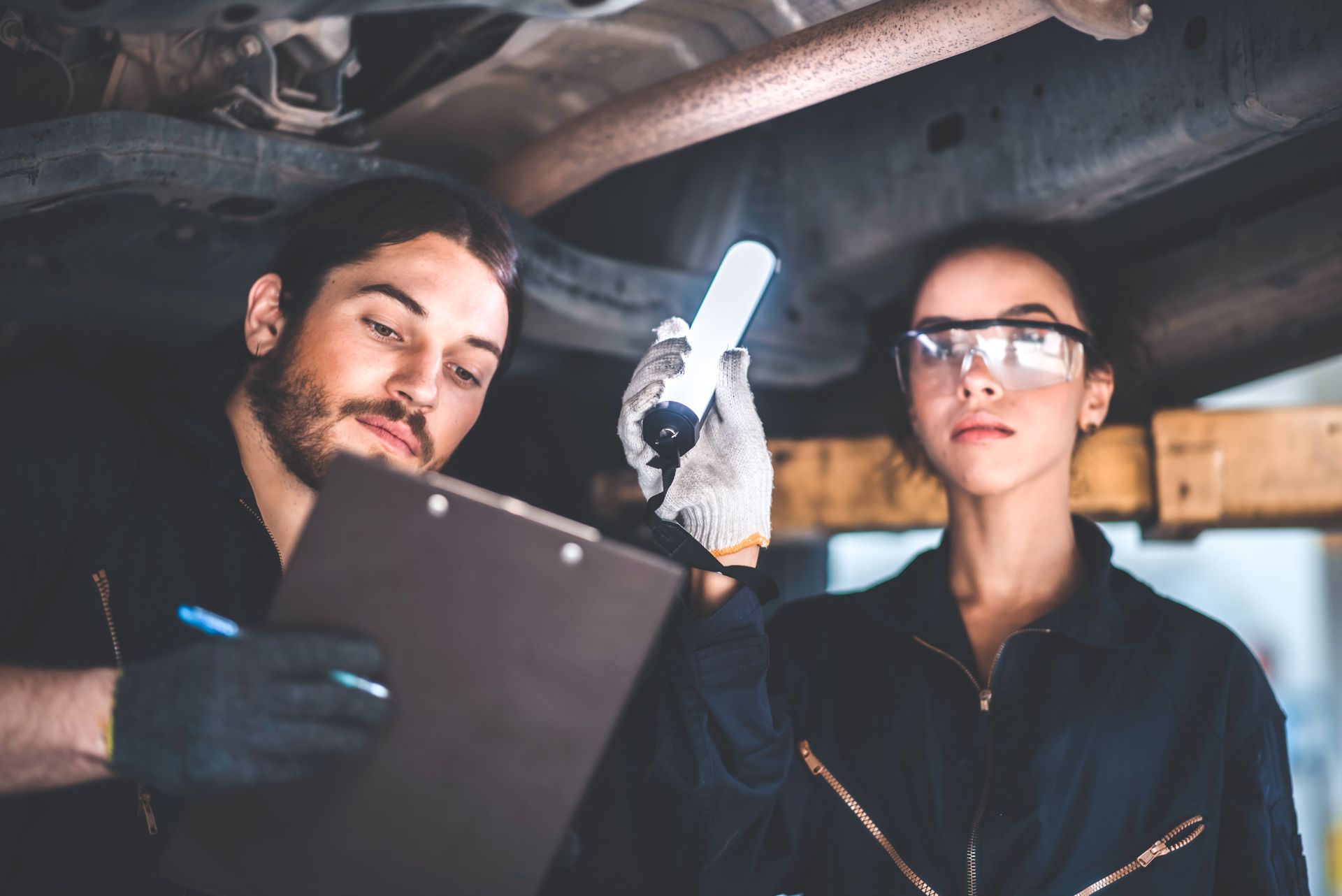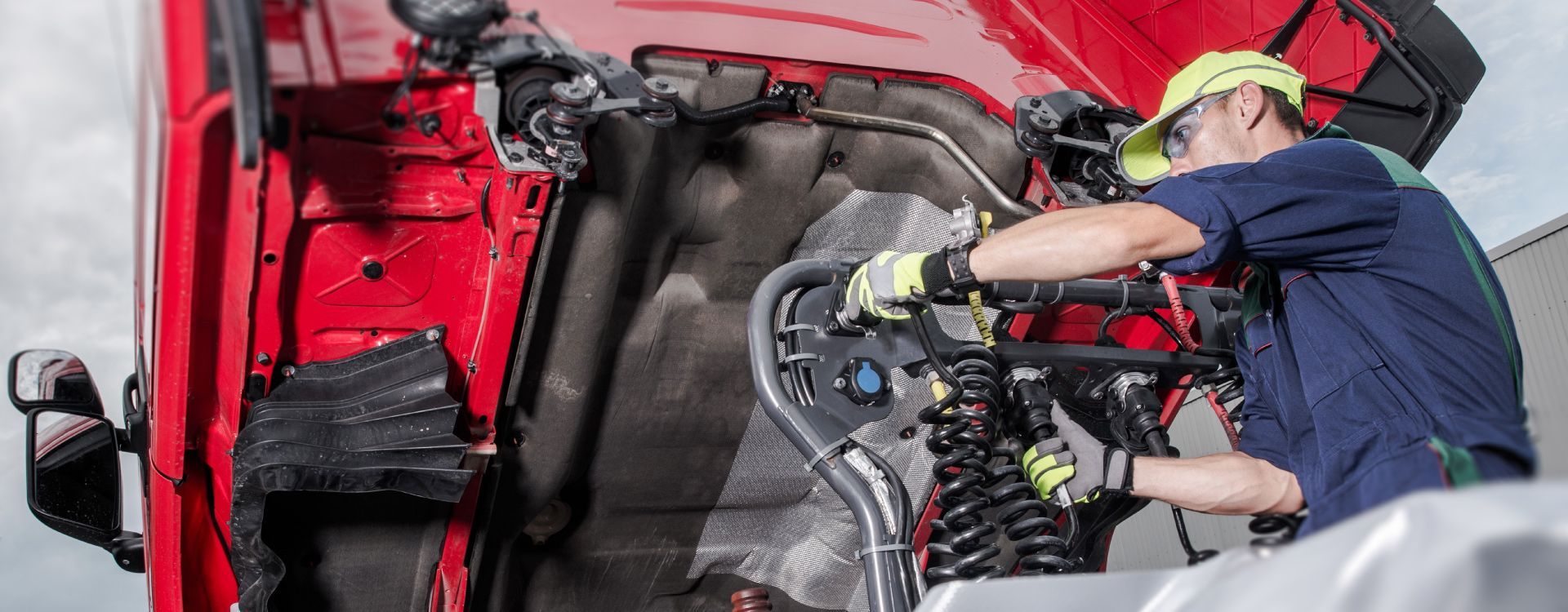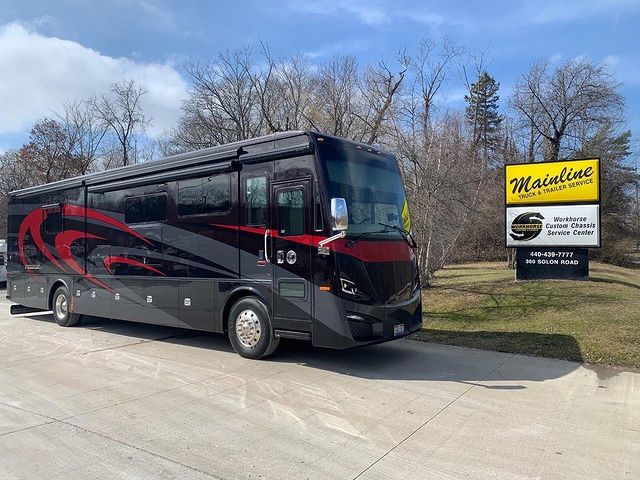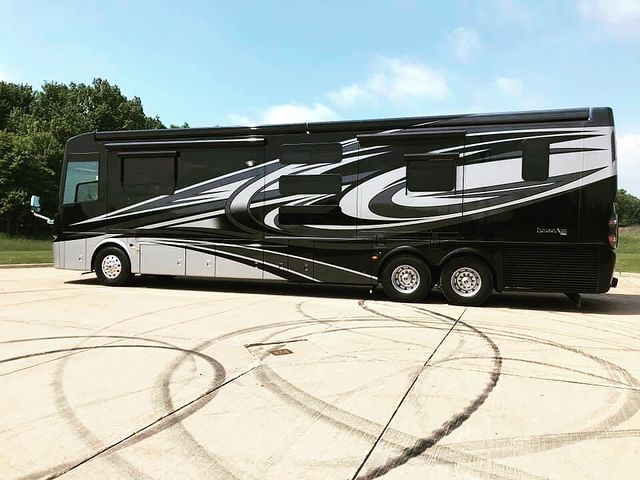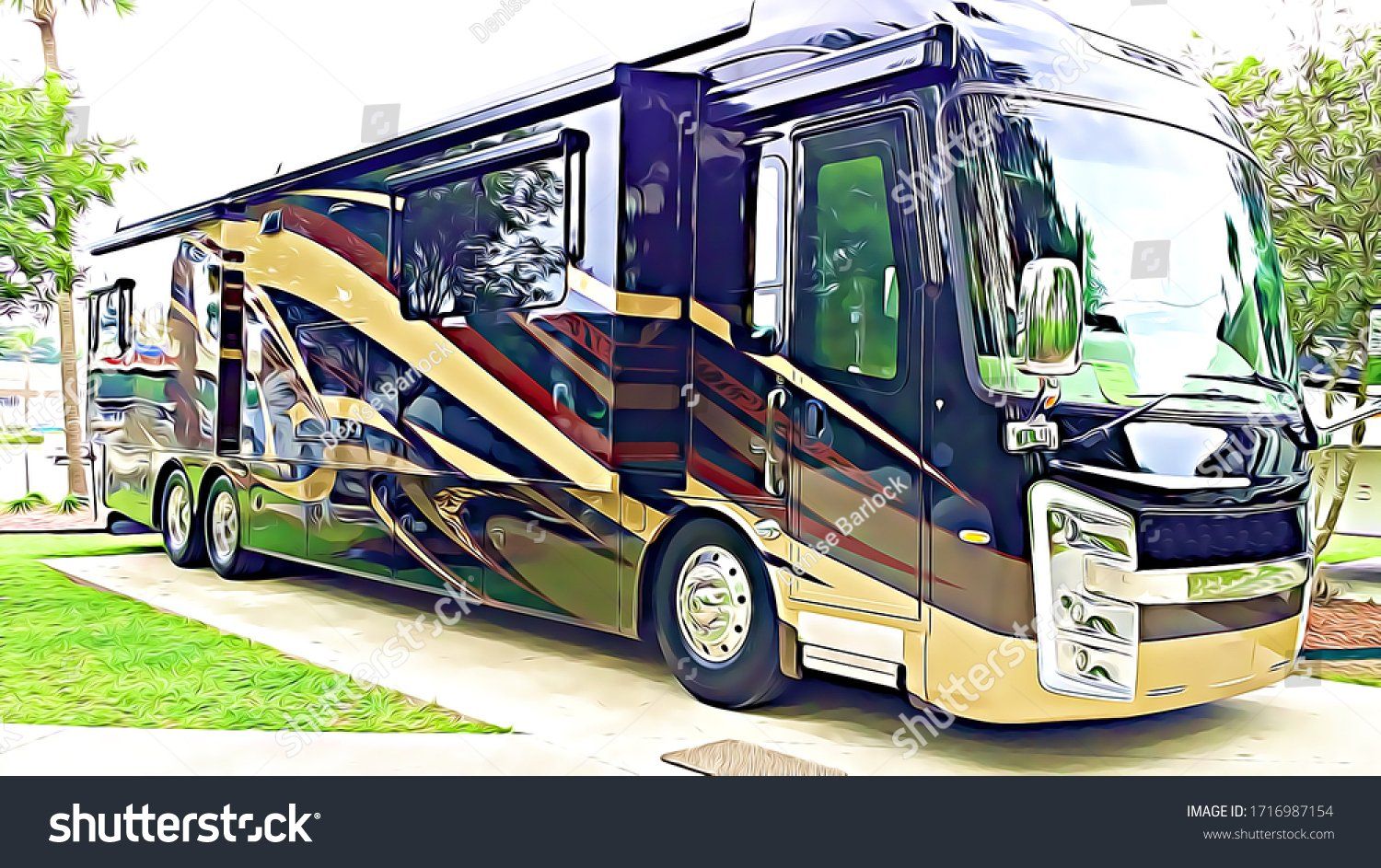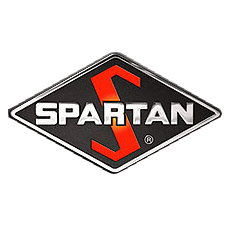Reduce Sway and Improve Handling for Your RV with Track Bars and Sway Bars
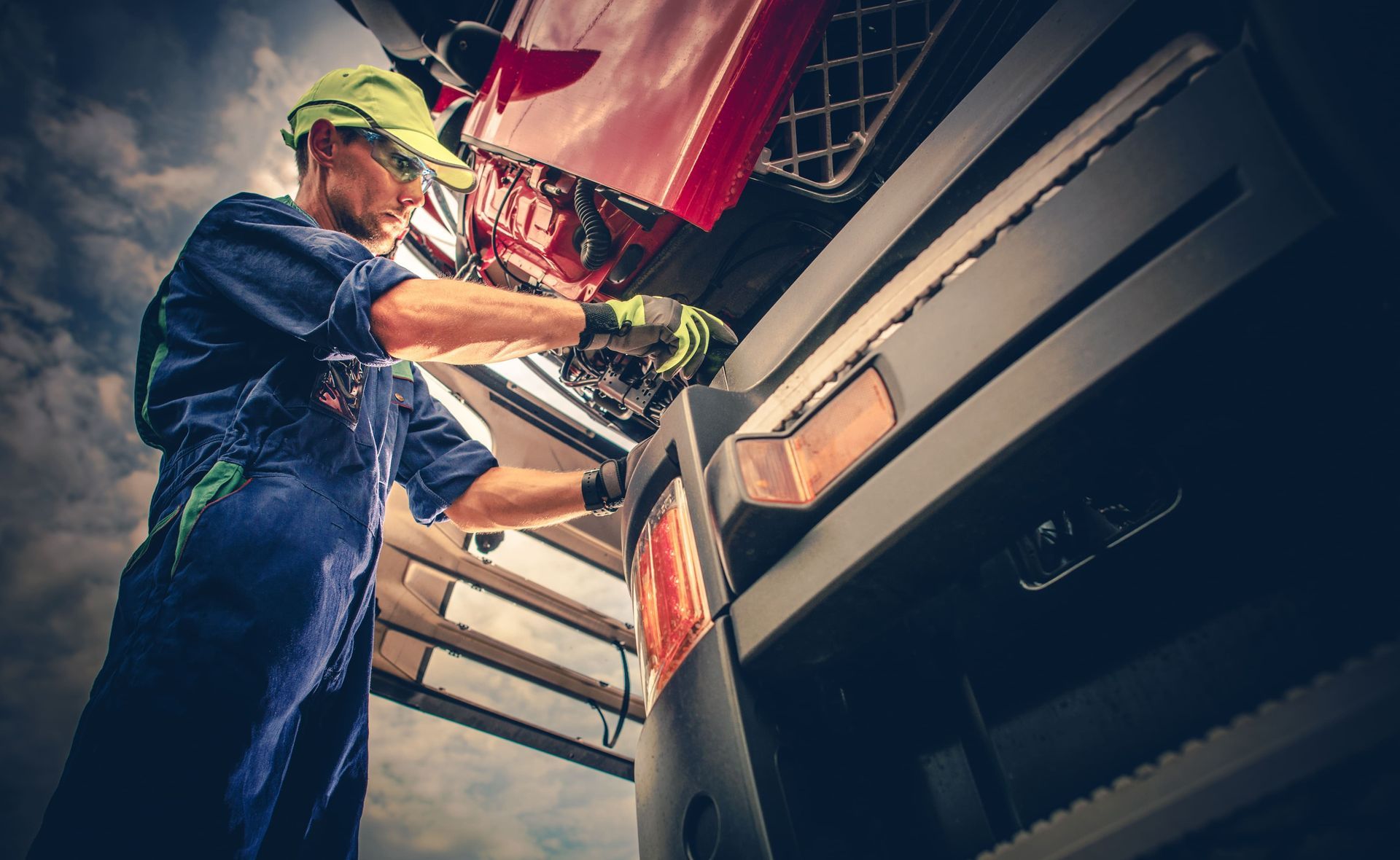
Motorhomes and RVs can be prone to swaying and handling issues when driving, especially in windy conditions or when making turns. This swaying motion can make driving stressful and reduce control. To help combat sway, motorhomes use two types of stabilizer bars - track bars and sway bars. Let’s take a look at how both options work to stabilize a motorhome and discuss the motorhome sway control strategies.
Track Bars vs. Sway Bars for Motorhomes
Track bars (also called panhard bars) and sway bars (also called anti-roll bars) serve similar purposes but work in different ways.
Track bars are designed to keep the rear axle centered under the vehicle. Without a track bar, the axle can shift from side to side, causing handling issues on turns. Track bars connect the axle to the frame to prevent this shift.
Sway bars help reduce body roll or leaning during turns and abrupt maneuvers. They connect the left and right sides of the suspension system. As one side compresses, the sway bar transfers force to the other side to keep the vehicle level. This improves stability.
How Track Bars Function
Track bars connect the rear axle housing to the motorhome frame on one side. This provides a lateral connection that keeps the axle centered under the vehicle as it moves.
The track bar needs to be parallel to the ground and at a precise length. If it is too short or angled, it can actually induce sway. Extended travel track bars with adjustable arms allow the length and angles to be tuned precisely based on the motorhome’s weight distribution and geometry.
High-quality track bars use spherical ball joints instead of cheaper bushings. This allows free rotation in all directions to prevent binding. Heavy-duty steel construction and greasable joints also improve durability for heavy motorhomes.
Adjustable track bars allow easy re-centering of the axle as needed, such as after adding accessories that change weight distribution. Once set up properly, the driver will feel much more stable tracking in turns without the rear end feeling loose.
How Sway Bars Improve Motorhome Sway Control
Sway bars (anti-roll bars) connect the left and right sides of the suspension. As the motorhome leans or rolls from cornering forces, the sway bar transfers force from the compressed side to the outside to keep the chassis more level.
This reduces body lean, keeping the tires better planted for more control. Less body roll also means less swaying from side to side.
Will RV Sway Bars Make a Noticeable Difference?
Adding track bars and sway bars to a motorhome can make a dramatic improvement in stability and ease of driving. Most owners report reduced swaying on the highway and when passing large vehicles. Turning feels far more controlled without the sensation of the rear end feeling disconnected from the front.
Overall, the motorhome feels much more stable and planted on the road. Driver fatigue is reduced on long trips. For larger Class A motorhomes especially, track and sway bars are recommended upgrades to improve safety and handling.
The difference is most noticeable at highway speeds and when making turns. On straight roads, the improvements may be subtler. However, the increased resistance to sway and lean means the motorhome will remain well-controlled when reacting to sudden maneuvers or wind gusts at any speed.
Many owners wish they had upgraded to these anti-sway bars sooner for the transformative effect on drivability and enjoyment of their RVing experience.
How Track Bars and Sway Bars Work
Track bars and sway bars operate in tandem to improve motorhome stability. The track bar attaches to the frame and rear axle housing laterally. This keeps the axle centered as the motorhome moves to prevent shifting. Sway bars connect the left and right suspension and transfer forces between sides. As the body rolls, the sway bar levels it out for flatter cornering.
More Control When Driving
With proper track bars and sway bars, motorhome drivers will feel far more in control behind the wheel. Turning and changing lanes induces less body roll and swaying. The motorhome tracks straighter on highways, even in gusting winds. Drivers can course correct with confidence knowing the rear won't slide out. Overall, the motorhome feels more planted and connected to the road.
Improved Ride Comfort
Excessive swaying not only reduces control but also creates discomfort for passengers. By counteracting body roll, sway bars provide a smoother ride over bumps and dips. Track bars prevent tail wagging that can throw off balance. Upgrades active shocks further isolate the cabin from bumps for maximum comfort.
Less Body Sway
Body sway can make passengers queasy as the motorhome tilts side to side through turns. Stronger sway bars transfer forces laterally to significantly reduce this sensation. Passengers will experience less sideways tilting, keeping their perspective level. This makes long trips more comfortable and enjoyable.
More Road Stability and Confidence in Difficult or Tight Areas
Between track bars and sway bars, motorhomes gain tremendous improvements in general road stability. Drivers will feel more confident passing large vehicles on highways and navigating tight mountain switchbacks. Windy conditions that used to push the motorhome around have less effect. Overall, the motorhome becomes much more stable and drivable in difficult situations.
Contact Mainline RV & Truck Service for Motorhome Sway Control Solutions for Your Motorhome or RV
If your motorhome's sway and handling could use improvement, the experts at Mainline RV & Truck Service can help. We offer motorhome sway control kits and track bar upgrades tailored to your specific make and model. Contact us today to discuss how anti-roll bars and adjustable track bars can transform the performance of your RV!
